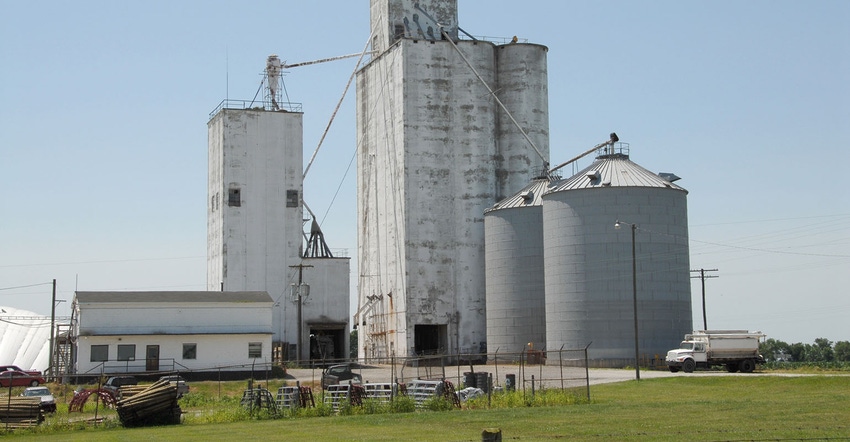February 1, 2019

The American Feed Industry Association is working on a multi-pronged action plan to research science-based solutions for mitigating the risks of virus transmission through feed and communicate any new information and recommendations to the industry and producer groups.
“AFIA’s biosecurity guidelines were originally written to help safeguard manufacturing facilities following 9/11, but were always meant to serve as a ‘living document’ that could be updated based on what we know about new and emerging threats,” said Paul Davis, Ph.D., AFIA’s director of quality, animal food safety and education. “While some threats aren’t at the back door yet, it doesn’t mean we can leave the door unlocked. Our industry must be vigilant about continually improving its biosecurity programs for the protection of animal and human health.”
AFIA has been closely coordinating with representatives from the pork industry, government and academia for the past several months to update the biosecurity guidelines based on new information regarding how viruses can potentially spread throughout the feed manufacturing process.
The updated guidance:
provides recommendations for how facilities can better set-up an onsite biosecurity program, more thoroughly evaluate and verify their suppliers, work with their shippers, and train on and communicate best practices to all facility personnel and visitors.
includes a definition for “biosecure,” given there is currently no regulatory definition for the term, yet many segments of the industry have been requesting to only source products from biosecure facilities.
Apart from updating the industry’s biosecurity guidelines, AFIA is also working with its public charity, the Institute for Feed Education and Research, on supporting research in this area. One such project is aimed at analyzing potential risk mitigation measures and testing the effectiveness of proposed holding times for feed specifically in response to the recent African Swine Fever outbreaks. South Dakota State University is leading this research project, which is being co-funded with the Swine Health Information Center. The project partners should have preliminary results for review later this year.
What others are saying:
Denmark is building a border wall to keep out pigs in an attempt to stop the spread of African swine fever. The first case in Poland was in 2014 and Belgium’s first case was in September. – USA Today
African swine fever spread to a Chinese hog farm partly owned by a Danish investment fund. The farm’s herd included 15,000 breeding pigs. All animals on infected farms must be culled. – Reuters
Taiwan Premier Su Tseng-chang is helping to spread awareness of the threat posed by African swine fever. – Taiwan News
Source: American Feed Industry Association, which is solely responsible for the information provided and is wholly owned by the source. Informa Business Media and all its subsidiaries are not responsible for any of the content contained in this information asset.
You May Also Like




